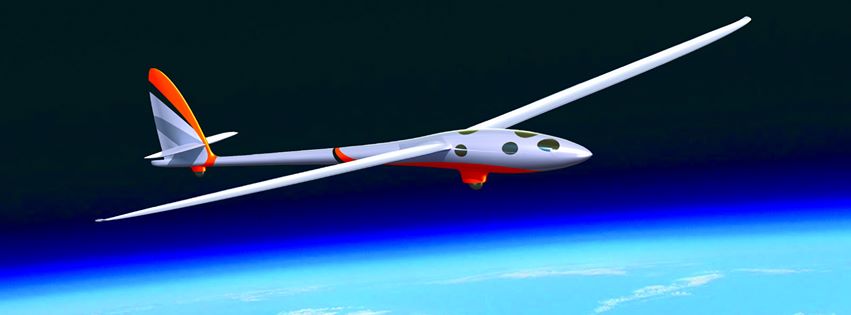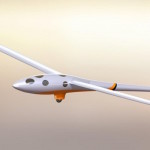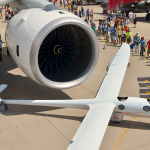A glider will swoop over south-central Oregon on a test flight on Wednesday, carrying two pilots and one big ambition: to set a new altitude record of 90,000 feet (27432 meter) by next year.
The Airbus Perlan 2, a pressurized craft made largely of composite materials, is a research project overseen by a cadre of aviation enthusiasts. The group hopes a series of test flights this year and next will culminate in “routine” glider flights at 90,000 feet, nearly a mile higher than the service ceiling of the Cold War-era Lockheed U-2 and SR-71 Blackbird reconnaissance jets.
Ed Warnock, a management professor who volunteers as the group’s chief executive officer, “Part of our goal is to inspire a generation of young people around the world to think that exploration and research are exciting and there’s plenty of adventure to be had”.
The nonprofit Perlan Project operates on a $5 million budget provided by Airbus Group and several other companies, including United Technologies, along with roughly 200 individual donors. The glider’s mission covers a diverse array of scientific goals: climate change research, the nature and properties of Earth’s upper atmosphere, how air flowing to extreme heights affects the models meteorologists use for weather forecasting and the chemistry and the mechanics of just how is the ozone hole created. Increased understanding of the motion of vertical air columns could also play a role in detecting clear-air turbulence, which would help commercial airlines avoid such areas.
The Perlan 2 glider’s most futuristic role will be to probe the kind of engineering required if human colonists on Mars wanted to complement their fleets of rovers by flying aircraft over their new home planet. That is because earth at 90,000 feet is remarkably similar to the red planet in temperatures (very cold) and air density (very thin). Learning how best to fly in such conditions is a key research interest for Airbus, which is building an ExoMars Rover for the European Space Agency and wants to remain a key player in aviation both on earth and wherever humankind may expand in the solar system.
The Perlan 2 project traces its lineage to Perlan 1, a glider flown by financier and adventurer Steve Fossett. The Perlan 1 holds the current altitude record for a glider, nearly 51,000 feet, which Fossett and former NASA test pilot Einar Enevoldson set in Patagonia in 2006, a year before Fossett died in a solo plane crash.
The glider can achieve its astounding altitudes by riding updrafts produced by stratospheric mountain waves, winds that flow over a mountain range and then move higher, combined with the velocity of the polar vortex winds that hover above the North and South poles. It turns out that the polar vortex, that frigid air mass that blasted much of North America in January 2014, has a function beyond personal irritation. For the Perlan 2 team, flying near the edge of the vortex during winter allows the glider to gain further altitude as the air chills to nearly, 100F and the winds increase. Over a several-hour flight, the glider’s 84-foot wing carries the craft higher. “We depend upon nature to get to the altitudes we want to get to,” said James Darcy, an Airbus spokesman.
In July or August, Andean winds permitting, the Perlan 2 will top 90,000 feet and set a new altitude record. While the United States is too far from the poles to get the glider much above 40,000 feet, the Perlan 2 will “fly every good wave day,” said Warnock, professor at Oregon University. The plane also could operate in Scandinavia, another of very few locales in which mountains and polar vortices interact.
Discussions have already begun on the optimal design for Perlan 3, a glider that may aim for 100,000 feet if the proper wing can be designed. “When we build the Perlan 3 will depend on how fortunate and skillful we are at getting to 90,000 feet in this one,” Warnock said.














